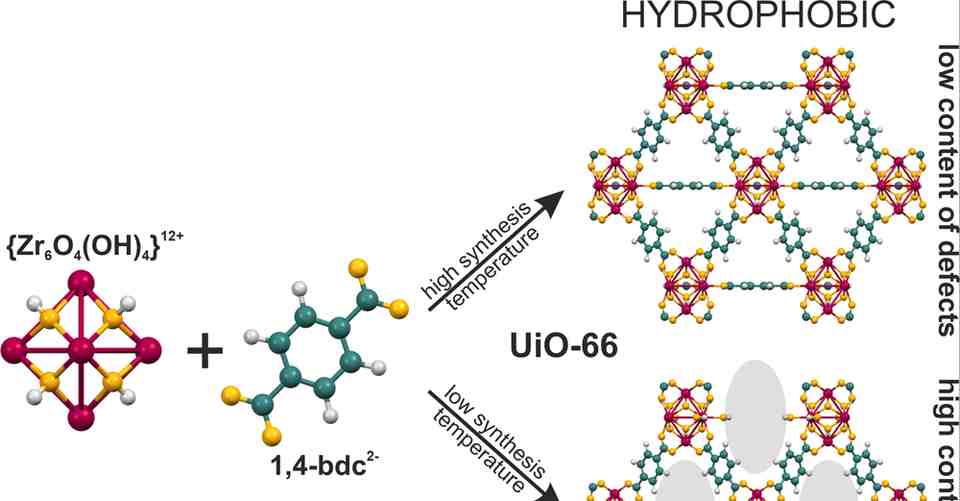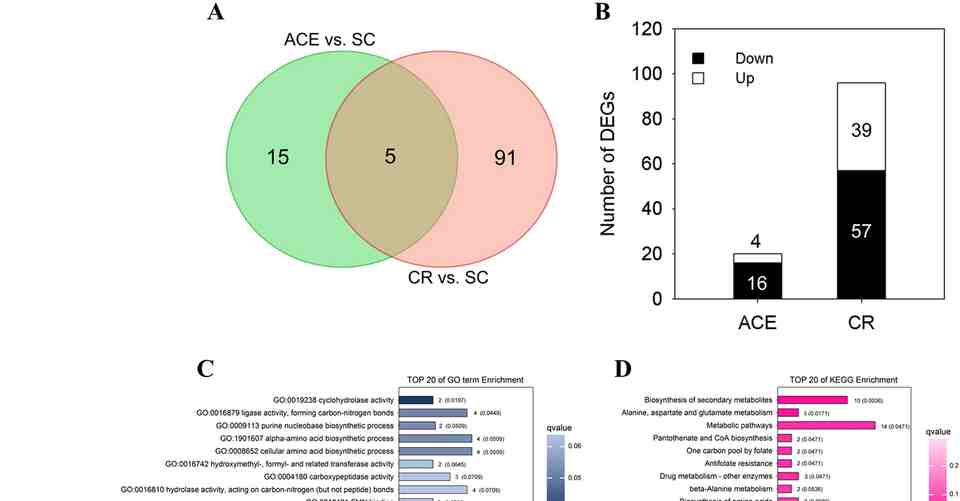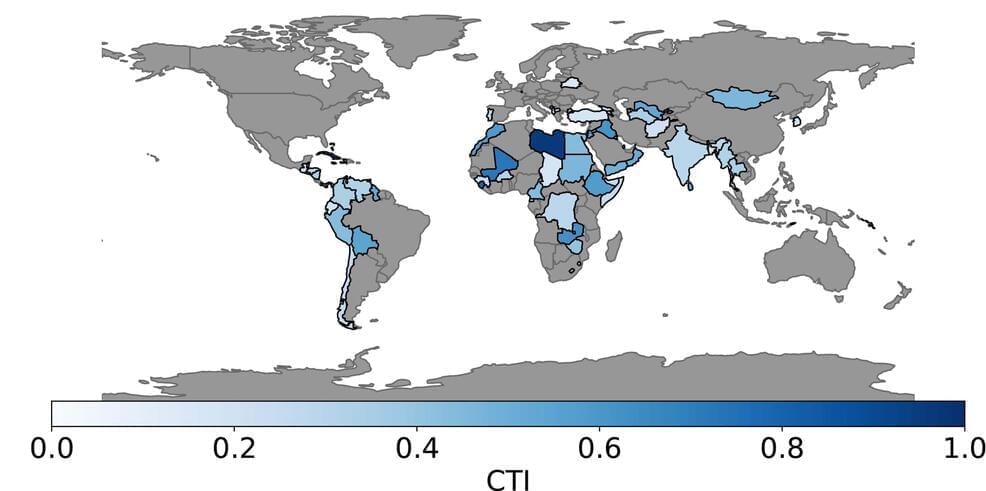Structural defects in metal”“organic frameworks can be exploited to tune material properties. In the case of UiO-66 material, they may change its nature from hydrophobic to…
The Nobel Prize in physics this year has been awarded “for experiments with entangled photons, establishing the violation of Bell inequalities and pioneering quantum information science.”…
Despite many studies have revealed that developing honey bee (Apis mellifera) larvae are posting a high risk on exposure to insecticides, the toxicology information on bee…
The mystery of high-speed gas clouds that whip around the outskirts of the Milky Way might be solved.
This technique involves having participants place their finger over the camera and flash of a smartphone, which uses a deep-learning algorithm to decipher the blood oxygen levels from the blood flow patterns in the resulting video.
Conditions like asthma or COVID-19 make it harder for bodies to absorb oxygen from the lungs. This leads to oxygen saturation percentages dropping to 90% or below, indicating that medical attention is needed.
In a clinic, doctors monitor oxygen saturation using pulse oximeters — those clips you put over your fingertip or ear. But monitoring oxygen saturation at home multiple times a day could help patients keep an eye on COVID symptoms, for example.
A technology developed for use in space may turn out to be a breakthrough for the electric vehicle industry making 5-minute recharges possible.
FBCE which stands for flow boiling and condensation experiment is a space technology that may soon be incorporated into EV charging cables.
However, in 1973, researchers from the Massachusetts Institute of Technology predicted the end of our civilization with the help of one of the most powerful supercomputers of that time.
In 1973, experts developed a computer program at MIT to model global sustainability. Instead, it predicted that by 2040 our civilization would end.
Recently, that prediction re-appeared in Australian Media, making its way to the rest of the world.
The National research center for Cybersecurity ATHENE has found a way to break one of the basic mechanisms used to secure internet traffic. The mechanism, called RPKI, is actually designed to prevent cybercriminals or government attackers from diverting traffic on the internet.
Such redirections are surprisingly common on the internet, for example, for espionage or through misconfigurations. The ATHENE scientist team of Prof. Dr. Haya Shulman showed that attackers can completely bypass the security mechanism without the affected network operators being able to detect this. According to analyses by the ATHENE team, popular implementations of RPKI worldwide were vulnerable by early 2021.
The team informed the manufacturers, and now presented the findings to the international expert public.
About a quarter of the world’s internet users live in countries that are more susceptible than previously thought to targeted attacks on their internet infrastructure. Many of the at-risk countries are located in the Global South.
That’s the conclusion of a sweeping, large-scale study conducted by computer scientists at the University of California San Diego. The researchers surveyed 75 countries.
“We wanted to study the topology of the internet to find weak links that, if compromised, would expose an entire nation’s traffic,” said Alexander Gamero-Garrido, the paper’s first author, who earned his Ph.D. in computer science at UC San Diego.
In a study involving marmosets, a primate genetically similar to humans, researchers have come closer to understanding brain evolution.









